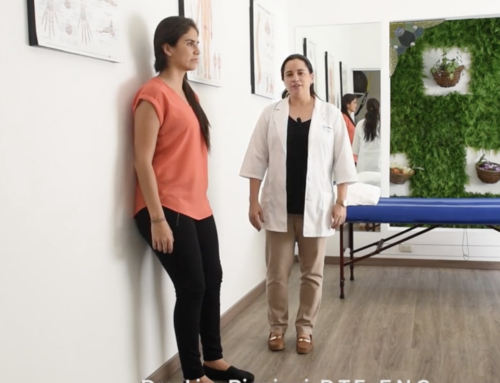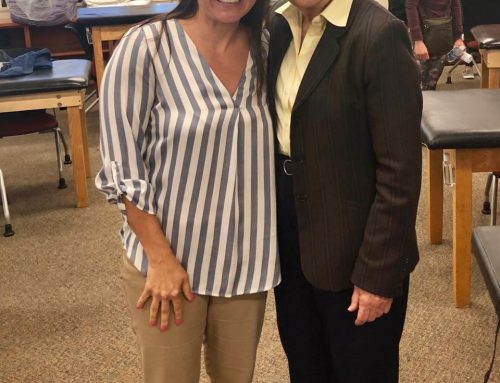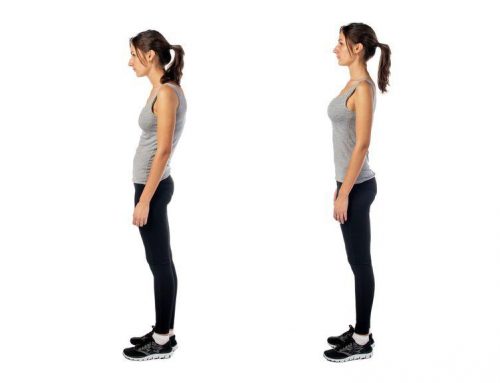Music Therapy
|
A person’s ability to respond to music is usually unchanged by disability, illness or injury. Music can often reach someone who is finding communication difficult becasue it can be a very useful way to express yourself. Music therapists use the unique qualities of music to:
A good therapist will try to tailor to the child’s interests or children’s interests if it is a group class. |
Â
Music Therapy is the skillful use of music as a therapeutic tool to restore, maintain, and improve mental, physical, and emotional health. Specific long-term objectives are set for each child or adult. These goals and objectives are accomplished through musical activities such as:
Singing helps to improve speech and language skills, such as:
Playing instruments improves gross and fine motor skills:
as well as social skills:
Rhythmic movement helps develop gross motor skills (mobility, agility, balance, coordination) as well as respiration patterns and muscular relaxation. Because music is reinforcing, it can be used to motivate movements or structure exercises which are prescribed in physical rehabilitation. Involvement in music may provide a distraction from the pain, discomfort, and anxiety often associated with some physical disabilities. Musical experiences presented within a music therapy sessions can be effective in reaching many physical, emotional and social goals related to the individual’s needs, capabilities, and preferences. When a child with CP is going to school and being mainstreamed (if that is possible), they will be evaluated and an Individual Education Plan (IEP) will be developed for them. If it is decided that the student would benefit from music therapy, the therapy is designed to reinforce and strengthen skills identified on the student’s IEP and address areas such as:
There are many reasons why music therapy is a successful treatment for children. The following are examples of how it works:
Music therapy sessions use different musical media to reach treatment goals tailored for each person. Through movement to music, the child’s movements may become more controlled, fluid and purposeful. Recorded or live background music may be used. Live music offers more adaptability to match and guide physical movements of the client. Musical instruments may be used to work on range of motion, handgrasp strength, and non-verbal self-expression. These instruments are often adjusted to fit the specific physical abilities of each client. Using computer-aided and electronic musical equipment also allows severely physically disabled clients to reach their fullest creative potential. The act of singing may assist in the maintenance and improvement of oral motor skills and pulmonary (lung) functioning. Singing provides opportunities to improve breath-control, rate of speech, articulation and pronunciation skills. For some clients, listening to music may facilitate relaxation. Discussing lyrics and songwriting may provide opportunities to discuss and share personal thoughts and experiences. Music therapy can increase an individual’s level of independence, and enhance feelings of self-confidence, self-worth and self-esteem. Through participation in successful and enjoyable experiences, music therapy can help these individuals to reach their fullest potential. Music therapy can be a way to increase opportunities to develp social skills in a non-threatening way. Persons with physical disabilities may encounter fewer opportunities and motivation for social interaction. Music therapy can provide opportunities to interact with peers through a shared experience. Group music therapy sessions provide opportunities to:Â
Group music therapy sessions can also provide opportunities to share personal experiences with others and provide a means and an outlet for appropriate self-expression. Most insurance companies do not cover music therapy so many families must pay for it privately. It also can be covered by schools as a related service under the Individuals with Disabilities Education Act. Some hospitals and clinics may also offer music therapy. You don’t have to wait until you meet a specialist in this area to give your child experience in dance and music. To play music for the child to listen to, all you need is a tape or CD player. Vary the music selection you choose from classical to pop, nursery rhymes to reggae. Anything and everything you can find (that’s suitable for a child) that will help your child’s development. In addition to listening to music, playing music can be even more beneficial because the child will learn when their rhythm is out of sync, as one can plainly hear an offbeat drum. Playing the instruments with your child will not only give him a guide for how to play the instrument, but will also give you and your child valuable time together that will be therapeutic for both of you. Don’t run to the store and buy violins and bass guitars, however. Simple homemade instruments, such as a bottle filled with dried beans or rice or some pots and pans and wooden spoons will do the job just fine. If you feel compelled, however, feel free to get your child more advanced percussive instruments, such as maracas, tambourines and drums. Whichever way you go about it, providing your child with instruments and time (preferably with you) to play them can help your child’s development in a big way. |
To obtain full text:
http://www.originsofcerebralpalsy.com/05-treatment/02-musictherapy.html
|
A person’s ability to respond to music is usually unchanged by disability, illness or injury. Music can often reach someone who is finding communication difficult becasue it can be a very useful way to express yourself. Music therapists use the unique qualities of music to:
A good therapist will try to tailor to the child’s interests or children’s interests if it is a group class. |
Â
Music Therapy is the skillful use of music as a therapeutic tool to restore, maintain, and improve mental, physical, and emotional health. Specific long-term objectives are set for each child or adult. These goals and objectives are accomplished through musical activities such as:
Singing helps to improve speech and language skills, such as:
Playing instruments improves gross and fine motor skills:
as well as social skills:
Rhythmic movement helps develop gross motor skills (mobility, agility, balance, coordination) as well as respiration patterns and muscular relaxation. Because music is reinforcing, it can be used to motivate movements or structure exercises which are prescribed in physical rehabilitation. Involvement in music may provide a distraction from the pain, discomfort, and anxiety often associated with some physical disabilities. Musical experiences presented within a music therapy sessions can be effective in reaching many physical, emotional and social goals related to the individual’s needs, capabilities, and preferences. When a child with CP is going to school and being mainstreamed (if that is possible), they will be evaluated and an Individual Education Plan (IEP) will be developed for them. If it is decided that the student would benefit from music therapy, the therapy is designed to reinforce and strengthen skills identified on the student’s IEP and address areas such as:
There are many reasons why music therapy is a successful treatment for children. The following are examples of how it works:
Music therapy sessions use different musical media to reach treatment goals tailored for each person. Through movement to music, the child’s movements may become more controlled, fluid and purposeful. Recorded or live background music may be used. Live music offers more adaptability to match and guide physical movements of the client. Musical instruments may be used to work on range of motion, handgrasp strength, and non-verbal self-expression. These instruments are often adjusted to fit the specific physical abilities of each client. Using computer-aided and electronic musical equipment also allows severely physically disabled clients to reach their fullest creative potential. The act of singing may assist in the maintenance and improvement of oral motor skills and pulmonary (lung) functioning. Singing provides opportunities to improve breath-control, rate of speech, articulation and pronunciation skills. For some clients, listening to music may facilitate relaxation. Discussing lyrics and songwriting may provide opportunities to discuss and share personal thoughts and experiences. Music therapy can increase an individual’s level of independence, and enhance feelings of self-confidence, self-worth and self-esteem. Through participation in successful and enjoyable experiences, music therapy can help these individuals to reach their fullest potential. Music therapy can be a way to increase opportunities to develp social skills in a non-threatening way. Persons with physical disabilities may encounter fewer opportunities and motivation for social interaction. Music therapy can provide opportunities to interact with peers through a shared experience. Group music therapy sessions provide opportunities to:Â
Group music therapy sessions can also provide opportunities to share personal experiences with others and provide a means and an outlet for appropriate self-expression. Most insurance companies do not cover music therapy so many families must pay for it privately. It also can be covered by schools as a related service under the Individuals with Disabilities Education Act. Some hospitals and clinics may also offer music therapy. You don’t have to wait until you meet a specialist in this area to give your child experience in dance and music. To play music for the child to listen to, all you need is a tape or CD player. Vary the music selection you choose from classical to pop, nursery rhymes to reggae. Anything and everything you can find (that’s suitable for a child) that will help your child’s development. In addition to listening to music, playing music can be even more beneficial because the child will learn when their rhythm is out of sync, as one can plainly hear an offbeat drum. Playing the instruments with your child will not only give him a guide for how to play the instrument, but will also give you and your child valuable time together that will be therapeutic for both of you. Don’t run to the store and buy violins and bass guitars, however. Simple homemade instruments, such as a bottle filled with dried beans or rice or some pots and pans and wooden spoons will do the job just fine. If you feel compelled, however, feel free to get your child more advanced percussive instruments, such as maracas, tambourines and drums. Whichever way you go about it, providing your child with instruments and time (preferably with you) to play them can help your child’s development in a big way. |
To obtain full text:
http://www.originsofcerebralpalsy.com/05-treatment/02-musictherapy.html





